Table: Article Outline
- 1. Introduction
- 2. Understanding Euphoria in Financial Markets
- 3. The Phenomenon of Panic in Finance
- 4. Psychological Foundations of Euphoria and Panic
- 5. Impact on Individual Investors
- 6. Institutional Responses to Euphoria and Panic
- 7. Euphoria and Panic in Modern Financial Markets
- 8. Learning from the Past: Euphoria and Panic in Historical Context
- 9. Conclusion
1. Introduction
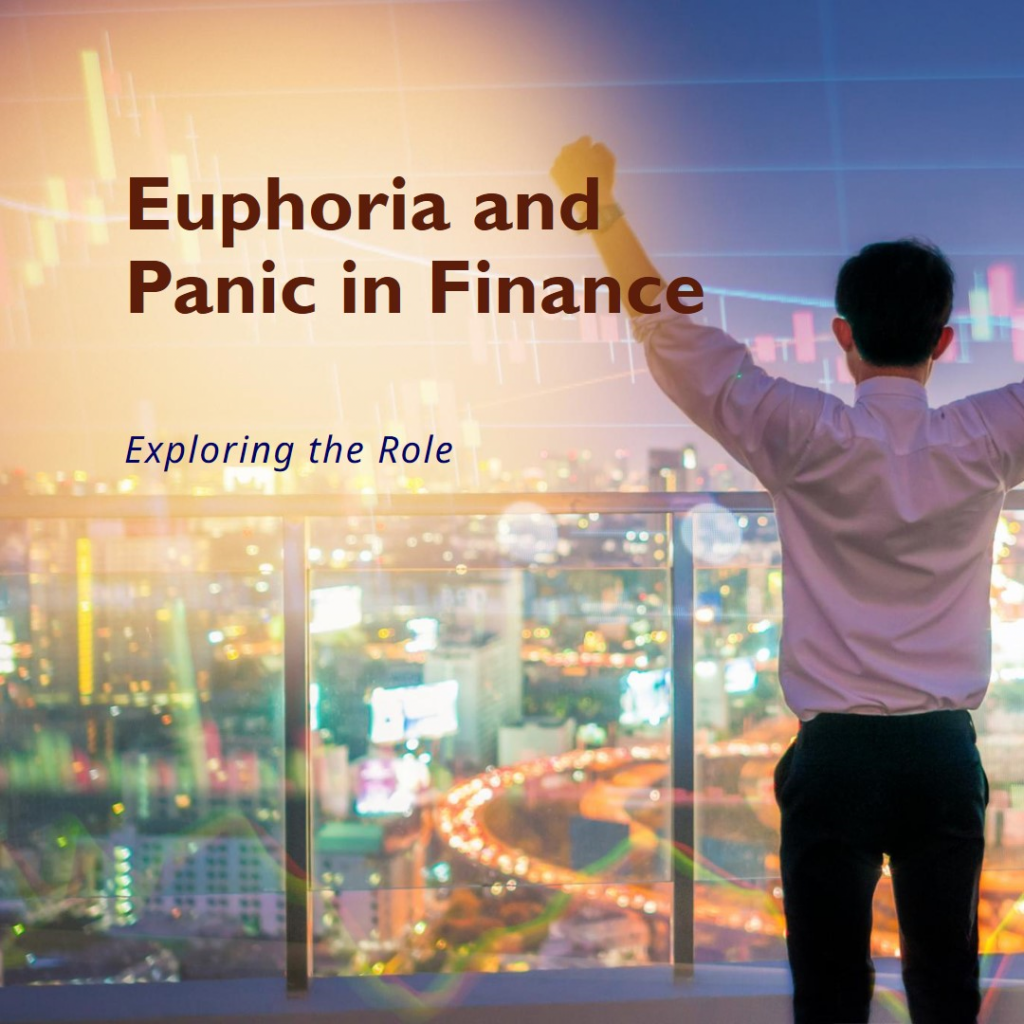
In the realm of finance, emotions play a powerful role, often driving major market movements and investment decisions. Euphoria and panic, two extremes of emotional response, are particularly influential, capable of shaping the course of financial markets and individual portfolios. This article explores the role of euphoria and panic in finance, delving into how these emotional states manifest in the markets, their impact on investors, and the lessons learned from historical financial bubbles and crises. By understanding the psychological underpinnings of these emotions and their effects on financial decisions, investors and financial professionals can develop strategies to navigate these challenging emotional landscapes more effectively.
2. Understanding Euphoria in Financial Markets
2.1 Characteristics and Causes of Market Euphoria
Market euphoria is characterized by an overly optimistic outlook and an inflated sense of confidence among investors. Key features and causes include:
Irrational Exuberance: This term, popularized by Alan Greenspan, describes the unrealistic and often baseless optimism that drives asset prices far beyond their fundamental value.
Speculative Investments: Euphoria often leads to increased speculative activities, where investments are made based on expectations of future price increases rather than underlying value.
Herding Behavior: Euphoria can spread among investors, leading to a herd mentality where decisions are influenced more by the actions of others rather than individual analysis.
Economic Factors: Low interest rates, economic growth, and other positive financial indicators can contribute to a euphoric market.
2.2 Historical Examples of Euphoria-Driven Financial Bubbles
Throughout history, there have been several instances where market euphoria led to financial bubbles:
The Dot-Com Bubble: In the late 1990s, excessive speculation in Internet-related companies, driven by euphoria around the potential of the internet, led to a massive bubble.
The Housing Market Bubble: Prior to the financial crisis of 2007-2008, euphoria in the housing market, combined with easy credit conditions, led to a significant bubble in real estate prices.
The Tulip Mania: Often cited as one of the first recorded speculative bubbles, 17th-century Tulip Mania saw the prices of tulip bulbs in the Netherlands reach extraordinarily high levels before collapsing.
3. The Phenomenon of Panic in Finance

3.1 Triggers and Dynamics of Market Panics
Market panic is often characterized by a sudden, widespread fear among investors, leading to rapid selling and sharp declines in asset prices. Understanding the triggers and dynamics is crucial:
Economic Shocks: Events such as sudden economic downturns, political instability, or significant corporate failures can trigger market panics.
Psychological Factors: Panic can be fueled by fear of loss, uncertainty, and a lack of confidence in the market or economic outlook.
Information Cascades: In a panic, investors may make decisions based on the actions of others rather than their own analysis, leading to a cascade effect where selling begets more selling.
Liquidity Crunch: Panics often lead to a liquidity crunch, as the rush to sell assets makes it difficult to find buyers, further exacerbating price declines.
3.2 Case Studies of Panic-Induced Financial Crises
History provides numerous examples of financial panics and their consequences:
- The 2008 Global Financial Crisis: Triggered by the collapse of the housing market and financial institutions in the United States, this crisis led to a worldwide recession.
- The 1929 Stock Market Crash: Often associated with the onset of the Great Depression, the crash saw a catastrophic decline in stock prices, exacerbated by panic selling.
- The Asian Financial Crisis (1997): Initiated by the collapse of the Thai baht, this crisis led to widespread panic across Asian financial markets and economies.
4. Psychological Foundations of Euphoria and Panic
4.1 Behavioral Economics Insights
Behavioral economics provides crucial insights into the psychological underpinnings of euphoria and panic in financial markets:
Cognitive Biases and Emotions: Behavioral economics explores how cognitive biases and emotions like overconfidence, fear, and greed drive financial behaviors. During periods of euphoria, overconfidence and greed can dominate, leading to inflated asset prices and speculative bubbles. Conversely, in times of panic, fear and loss aversion can cause rapid sell-offs and market crashes.
Impact of Heuristics: Heuristics, or mental shortcuts, play a significant role in investor decision-making, often leading to irrational financial choices. For example, the availability heuristic might cause investors to overreact to recent news, fueling either euphoria or panic.
Social Proof and Herd Behavior: The concept of social proof, where individuals emulate the actions of the majority, contributes to herd behavior in markets. This can amplify both euphoric rises and panic-driven falls in asset prices.
Prospect Theory: This theory, developed by Daniel Kahneman and Amos Tversky, explains how investors value gains and losses differently, which can lead to risk-averse behavior in times of panic and risk-seeking behavior during euphoric periods.
5. Impact on Individual Investors
5.1 Decision-Making Under Emotional Extremes
The emotional extremes of euphoria and panic significantly influence individual investors’ decision-making processes:
Risk Perception: During euphoric times, investors may underestimate risks, leading to overexposure in high-risk investments. Conversely, panic can result in an overestimation of risks, prompting hasty sell-offs or a flight to overly conservative assets.
Impulse Decisions: Emotional extremes can lead to impulsive decisions, such as buying into a rising market or selling in a downturn without considering long-term investment goals.
Cognitive Dissonance: Investors may experience cognitive dissonance, where they struggle to reconcile their investment decisions with the rapidly changing market realities, often leading to decision paralysis or irrational choices.
5.2 Strategies to Mitigate Emotional Bias
There are several strategies that individual investors can use to mitigate the impact of emotional biases:
Establishing a Solid Investment Plan: Creating and sticking to a well-structured investment plan can provide a buffer against emotional reactions to market movements.
Diversification: Maintaining a diversified portfolio helps spread risk and can reduce the impact of market volatility on an investor’s overall portfolio.
Regular Portfolio Reviews: Periodically reviewing and rebalancing the portfolio can help investors stay aligned with their long-term objectives, regardless of short-term market movements.
Seeking Professional Advice: Financial advisors can offer objective insights, helping investors navigate emotional biases and maintain focus on their investment goals.
6. Institutional Responses to Euphoria and Panic
6.1 Regulatory Measures and Market Stabilization
Regulatory bodies play a crucial role in stabilizing financial markets during periods of euphoria and panic:
Implementation of Regulations: In response to market euphoria, regulatory measures such as tighter lending standards and capital requirements can be implemented to prevent excessive risk-taking.
Market Surveillance: Regulatory authorities monitor financial markets for signs of speculative bubbles or panic selling and can intervene to prevent market manipulation or excessive volatility.
Communication Strategies: Regulatory bodies often use public statements and guidance to influence market sentiment and prevent irrational investor behavior.
6.2 Role of Central Banks and Financial Institutions
Central banks and financial institutions are key players in managing the impacts of euphoria and panic:
Monetary Policy Adjustments: Central banks can adjust monetary policy to influence market conditions. Lowering interest rates, for example, can calm panic by making borrowing cheaper, while raising rates can cool down an overheated market.
Liquidity Provision: During times of panic, central banks often act as lenders of last resort, providing liquidity to stabilize financial institutions and markets.
Risk Management Practices: Financial institutions are expected to maintain robust risk management practices to mitigate the impact of market swings and to ensure they can withstand periods of financial stress.
7. Euphoria and Panic in Modern Financial Markets
7.1 Technological Advancements and Market Sentiment
The advent of modern technology has significantly influenced the dynamics of euphoria and panic in financial markets:
Increased Information Flow: Technological advancements have led to a rapid flow of information, which can both fuel and alleviate market euphoria and panic. While investors have access to more data than ever before, the overload can sometimes lead to hasty decisions driven by the latest news.
Algorithmic Trading: Algorithms and automated trading systems can exacerbate market movements. In times of euphoria, they can drive prices higher, while in panic, automated sell orders can deepen market declines.
Social Media Impact: Platforms like Twitter and financial forums play a significant role in shaping investor sentiment. Viral news and opinions can quickly lead to herd behavior, intensifying both euphoric and panic market conditions.
Access to Trading Platforms: With the rise of online trading platforms and apps, more individuals have direct access to financial markets. This democratization of trading can contribute to increased volatility, as a larger pool of investors reacts to market developments.
8. Learning from the Past: Euphoria and Panic in Historical Context
8.1 Lessons Learned and Future Implications
Studying past instances of market euphoria and panic offers valuable lessons for future financial decision-making and policy formulation:
Importance of Regulatory Oversight: Historical financial crises often underscore the need for robust regulatory frameworks to monitor and mitigate market risks. Lessons from events like the 2008 financial crisis have led to tighter regulations in banking and investment practices.
Recognizing Warning Signs: Understanding the patterns that led to past market bubbles and crashes can help investors and regulators identify early warning signs. These include unsustainable asset price increases, excessive leverage, or widespread speculative investment behaviors.
Resilience of Financial Systems: Crises also highlight the importance of building resilient financial systems capable of withstanding shocks. This involves diversification of investments, stress testing of financial institutions, and establishing emergency measures for market stabilization.
Behavioral Insights for Investors: On an individual level, historical events emphasize the need for investors to be aware of their emotional biases and the influence of herd behavior. Learning from the past can encourage a more disciplined, long-term approach to investing.
Adapting to Changing Market Dynamics: As financial markets evolve, the lessons from past euphoria and panic periods must be adapted. This includes understanding the impacts of globalization, technological changes, and evolving financial instruments on market dynamics.
9. Conclusion
The exploration of the roles of euphoria and panic in finance reveals the profound impact of emotional extremes on the financial markets and individual investors. These emotional states can drive market trends, influence investment decisions, and, at times, lead to significant financial bubbles and crashes. Understanding the psychological underpinnings of these phenomena is crucial for navigating the often tumultuous world of investing.
We have seen how euphoria can lead to irrational exuberance, pushing asset prices beyond their fundamental values, and how panic can trigger rapid market declines and widespread financial distress. The insights from behavioral economics, particularly regarding cognitive biases and herd behavior, offer valuable lessons on how emotions can override rational analysis in financial decision-making.
For individual investors, recognizing the influence of euphoria and panic is essential in maintaining a disciplined approach to investing. By adopting strategies such as diversified portfolio construction, regular portfolio reviews, and seeking professional advice, investors can mitigate the impact of these emotional extremes.
In conclusion, while financial markets are often viewed through the lens of economic indicators and corporate performance, the psychological aspects, epitomized by euphoria and panic, play an equally critical role. Acknowledging and understanding these emotional factors is key to making more informed and balanced investment decisions, ensuring long-term financial stability and success.

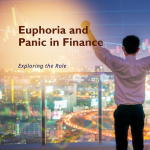




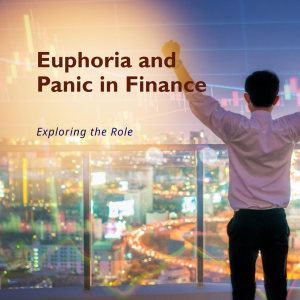


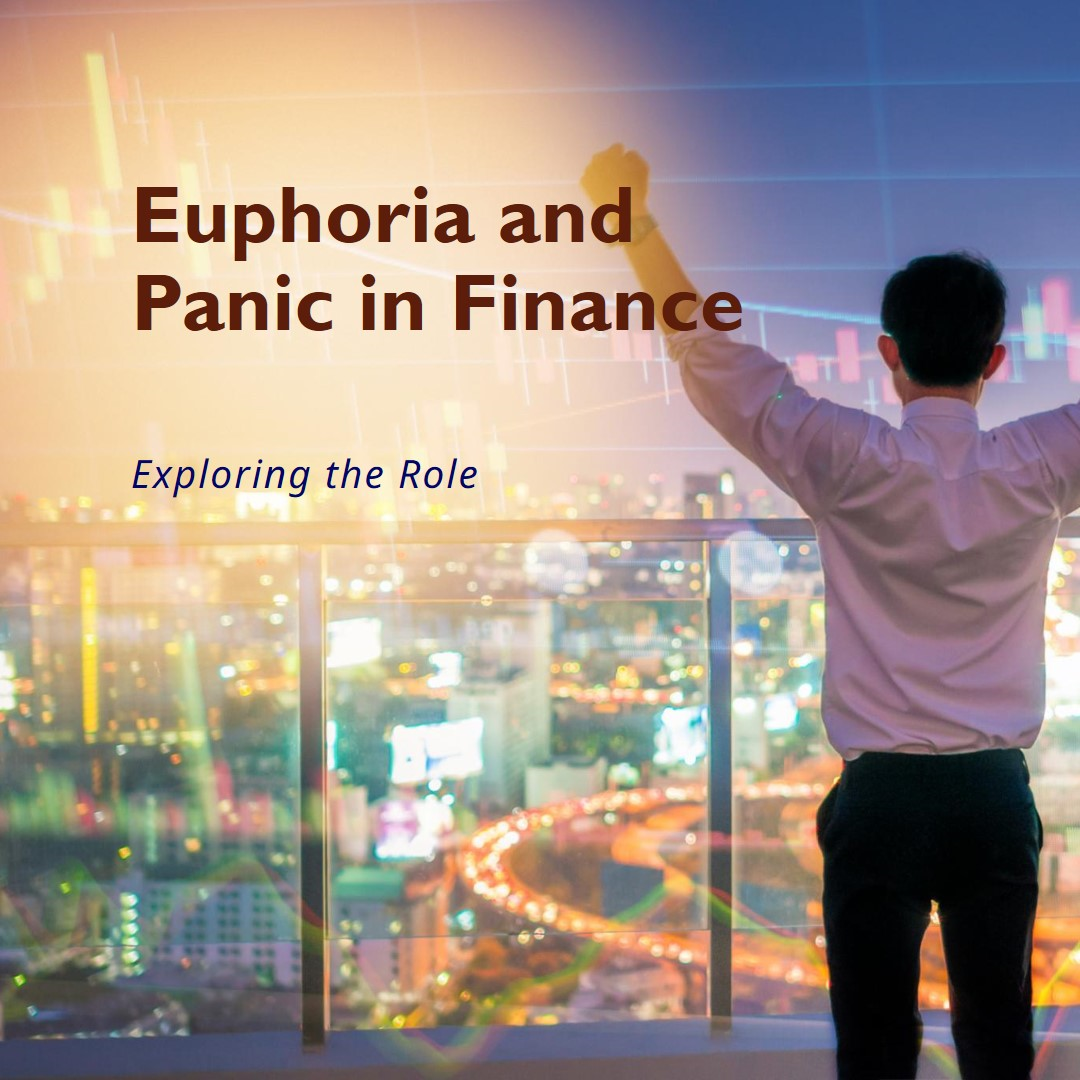


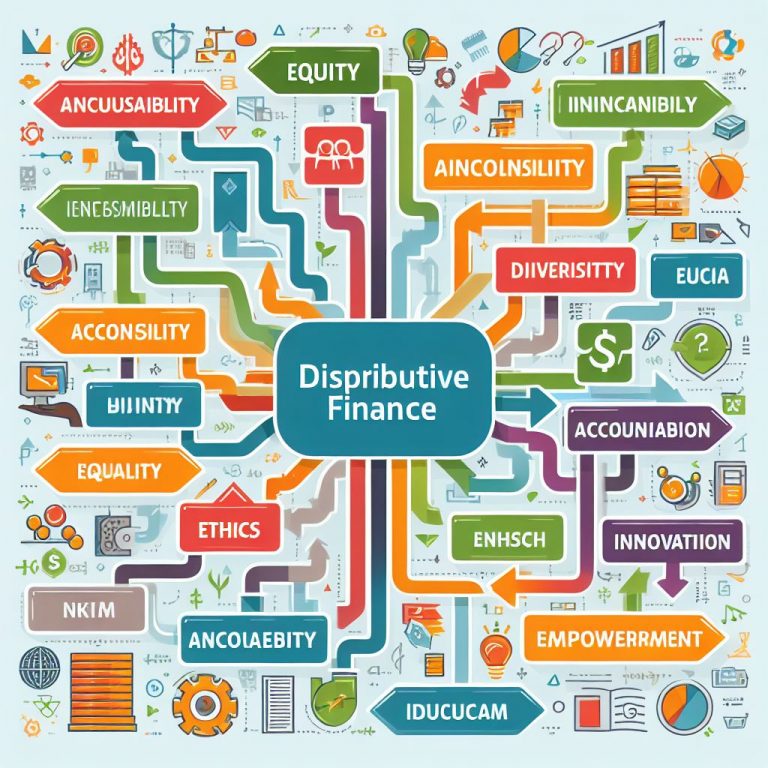
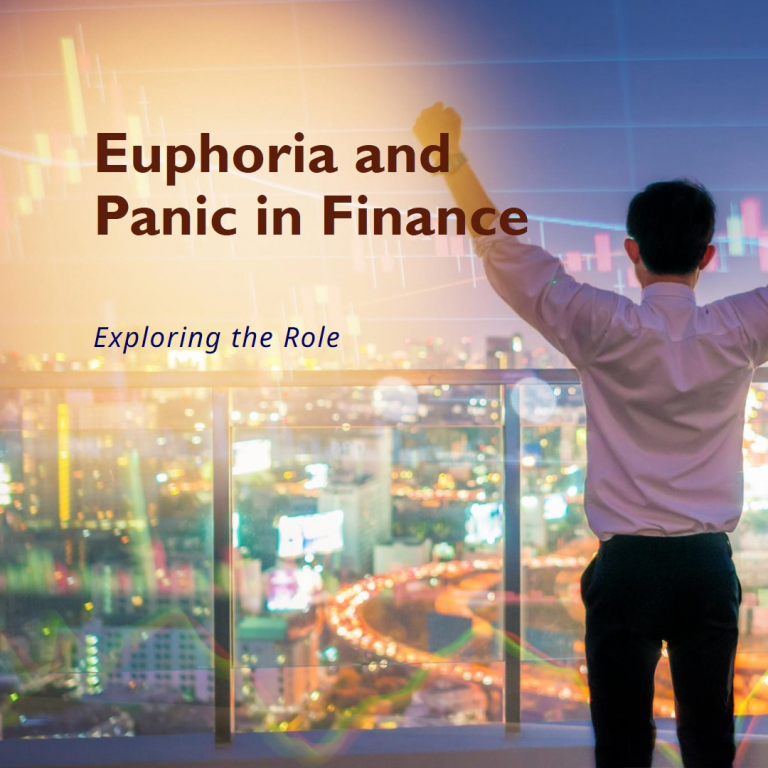

+ There are no comments
Add yours